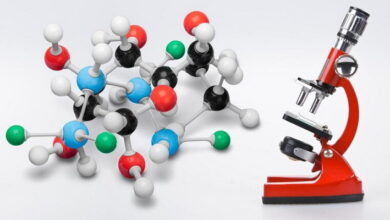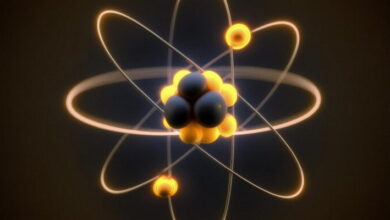Biophysical Chemistry MCQs with Answers

Welcome to the Biophysical Chemistry MCQs with Answers, it helps learners quickly identify areas for improvement in Biophysical Chemistry Online Test.
| Biophysical Chemistry is an interdisciplinary field that merges principles of physics and chemistry to study biological systems at the molecular level. It investigates the physical principles underlying the structure, function, and interactions of biological molecules, such as proteins, nucleic acids, and lipids. Key topics include molecular dynamics, spectroscopy, thermodynamics, and the study of biomolecular interactions.
For effective learning in Biophysical Chemistry, utilizing diverse educational resources is crucial. Biophysical Chemistry MCQs offer a range of questions that test understanding of fundamental principles and advanced topics in molecular biology and physical chemistry. Biophysical Chemistry quiz questions reinforce learning by focusing on specific aspects of biophysical principles and applications in biological systems. Comprehensive exam preparation is facilitated through Biophysical Chemistry multiple choice questions, covering essential concepts and advanced theories necessary for a thorough understanding. |
Biophysical Chemistry Online Quiz
By presenting 3 options to choose from, Biophysical Chemistry Quiz which cover a wide range of topics and levels of difficulty, making them adaptable to various learning objectives and preferences. You will have to read all the given answers of Biophysical Chemistry Questions and Answers and click over the correct answer.
- Test Name: Biophysical Chemistry MCQ Quiz Practice
- Type: Quiz Test
- Total Questions: 40
- Total Marks: 40
- Time: 40 minutes
Note: Answer of the questions will change randomly each time you start the test. Practice each quiz test at least 3 times if you want to secure High Marks. Once you are finished, click the View Results button. If any answer looks wrong to you in Quiz, simply click on question and comment below that question, so that we can update the answer in the quiz section.
Download Certificate of Biophysical Chemistry Test
On the end of Quiz, you can download the certificate of the quiz if you got more than 70% marks.
Biophysical Chemistry Flashcards
The folding of a protein into its native conformation is determined by its ________ structure.
tertiary
The energy required to bring reactants to the transition state is called ________.
activation energy
In a titration curve, the equivalence point corresponds to ________.
equal moles of titrant and analyte
Which of the following is a property of a good buffer solution?
Resists pH changes upon addition of acid or base
If you are interested to enhance your knowledge regarding Physics, Computer, and Biology please click on the link of each category, you will be redirected to dedicated website for each category.




